Who would say that they’re not a math person? Maybe they don’t have a math brain. Dispelling the Math Myths will help you to look at math in a new way. So let’s bust some math myths.
A while ago, I was walking down the hallway at the Middle School, where I work as a teacher, and I was eavesdropping on a couple of grade eight boys. I do have to tell you this is not always a wise thing to do.
They were talking about a field trip. One of them had just been on to the local college, where he was learning all about the trades. The different courses required there were tradespeople there for the kids to talk to. Those friends say to him, ‘hey man, how was that trade thing you went to?’ and the boy responded sounding depressed, ‘well I’ve always wanted to go into construction. But I found out that you need math for all of the trades. Yes, I’m gonna have to find something else to do.’
It kills me to watch people give up on their dreams because of math. I also have friends who didn’t pursue their dream jobs. Because they would have to take a math course as part of their degree. They truly believed they wouldn’t be able to pass that course. Because they don’t have a math brain and because they have so much math baggage from their youth. I bet some of you have your own math baggage.
Who would say that they’re not a math person? Maybe they don’t have a math brain, right. I am here to tell you this whole notion of a math brain is a big fat lie. It doesn’t exist. It’s a cultural assumption. If I were in Asia right now and I asked that exact same question, no one would be raising their hand. Because they assume everyone can learn math.
Have you ever noticed in our society that no one says things like oh yeah I’m totally illiterate. It’s never really understood reading and writing. We’re just not readers in our household. But we have no problem saying, oh yeah, I can’t do the math. I’ve never understood math. We’re just not math people in our household. I’ve heard that hundreds of times.
So why is it totally socially acceptable in our culture to be innumerate to brag about it even but not to be literate. Part of the problem is that we have some deeply embedded cultural math myths. I’m here to bust three of these damaging math myths.
The myth of the math brain, there’s only one right way to do a problem and that math is all about memorizing. Because math is too essential to give up on, as our world is becoming increasingly technological, we all need to become increasingly mathematical. Not just for jobs.
Math is a necessary life skill just like reading and writing. We use it all the time even if you’re not aware of it. We use it for everything from managing our money, programming, our phones, parallel parking.
so let’s bust some math myths.

Math Myth Number One
The math brain hogwash. humans, this is just as true for females as it is for males are born perfectly capable of learning math to high levels. We’re actually even born with some innate number sense. The ability to understand quantity as well as basic adding and subtracting. Look at our history from our caveman days. When we had to track the speeds of predators and prey. The Egyptian pyramids, the first navigators of the Seas, the codebreakers during the war, the modern-day computer.
Math is always has been and always will be the driver of innovation. But this belief we have that only some of us can learn it gets in the way of all of that.
There’s a researcher named Dr.Carol Dweck who studied this. This is what she has to say about it. People either have a growth mindset or a fixed mindset.
If you have a growth mindset, you believe you can learn anything you want to and that your attitude and your effort determine your success. We more than any innate born ability. That’s been scientifically proven to be true by the way.
If you have a fixed mindset, you believe you’re just born good or bad at something. These are the I’m not a math person people. Here’s the fascinating part, neuroscientists have now discovered that just by having these mindsets actually changes the way our brain works physiologically.
So if you have a growth mindset, you’re actually more able to learn more of your brain lights up when you make mistakes and you’re in that process of learning. If you have a fixed mindset, your brain is less active. It’s less lit up and when you make mistakes, you tend just to give up. So just having this belief that you’re not a math person actually changes the way your brain works. The worst part is we unintentionally pass down these fixed mindsets to our kids when we say things like, don’t worry, I wasn’t good at math either.
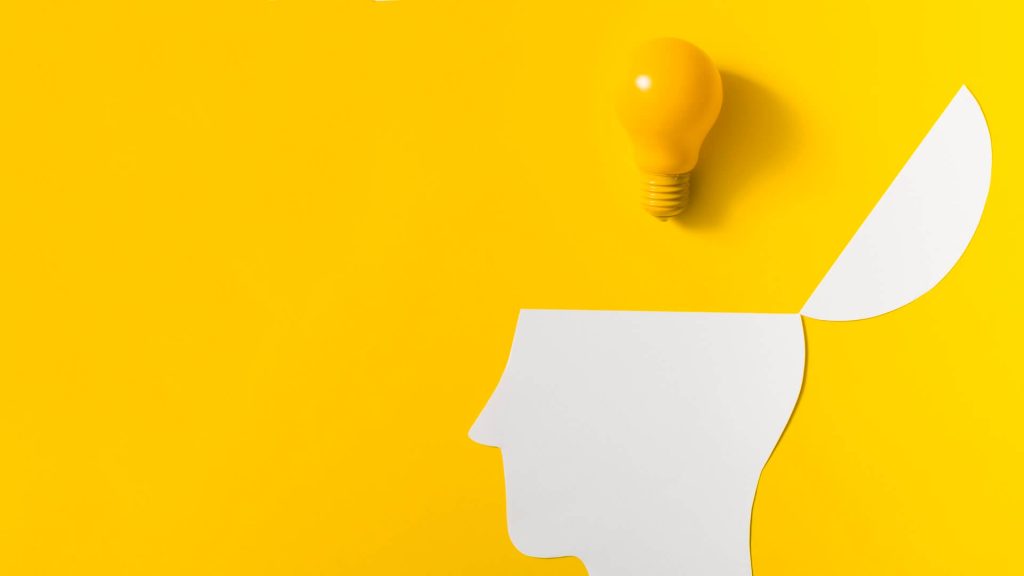
Math Myth Number Two
Number two is, there’s only one right way to solve a problem.
I’m going to give you a problem to solve.
‘Five times fifteen’
okay, who did it this way the traditional way?
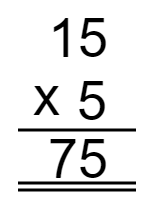
what about this way?
15, 30, 45, 60, 75
and what about this way,
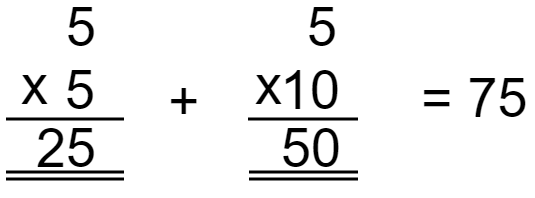
anyone do it this way?
10X15=150
150/2=75
Right, so which way is the best way? What is the right way to solve that problem? All of them. But I bet you didn’t learn that at school? Did you? You probably learned one way. That’s where we go wrong as a society. If we can teach math in different ways, so that all students’ brains have a chance to make sense of it. They will understand it. They will retain it and they will like it.
I tutored a young man a few years ago. He was struggling through grade 9 math. I did a few weeks of summer tutoring with him. At the end of that he went on to successfully complete high school math early and took engineering at university. Those parents thought I was some sort of a Mathemagician. It was a nice reputation.
There’s no magic behind what I was doing. I do the same thing with him that I do with all the people. I work with it unlocks their ability to be successful in math. First I teach them they’re perfectly capable of learning it. I basically help them to develop that growth mindset. Secondly, I teach them as many different methods as needed for them to understand it. All of our brains are different and unique. Why would we only teach it in one way?
Myth Number Three
Math is all about memorizing rules and facts and following procedures. It is exactly this way of teaching that has caused so much math baggage for so many people. We have over 30 years of research that tell us when we teach this way just procedurally, it does not lead to better problem-solving skills. It does not lead to actually understanding math.
So I ask what’s the point then? Nobody likes following a bunch of rules and rituals they’ve had no part in creating. This is just as true for employees in a company as it is for kids being dragged to church on a Sunday for those days as it is for students in a math class.

What I see every single day as a result of kids who taught procedurally is a complete lack of thinking. That an eighth number since I was telling you about that we’re born with gets educated right out of them. They just become these mindless rule-followers. Often not following the right rules.
Half of the grade eights at my school get this question wrong every year. Even though it’s a grade four question.
87.065 + 3 + 0.67
Why? They taught to light up the decimals. Notice the three has no decimal. They have no idea what to do with it. That’s all that.
Here’s another one,
0.235 > 0.7
They think 235 thousand is bigger than 7 tenths. Because it has more digits. They’ve taken a whole number rule and applied it to decimals where it doesn’t belong.
Look at this one,
(-4) + (-5) = (+9)
When I ask them, how do you get positive 9 when you add a negative 4 and a negative 5? They always respond in the same way. Two negatives make a positive. not always.
folks I literally have hundreds of these. I could do this all day long. I call these rules gone wrong.
There are over 500 rules in K to 12 math. Is it any wonder why kids get them all mixed up? Rules have gone wrong and they just give up altogether eventually. But, when we teach math in a way that helps them to understand it uses visuals we dig a little deeper, amazing things happen. Like it did for Julie.
Julie is a teacher that I mentored recently. I’m sharing her story with you today not because it’s exceptional or rare. But because it’s actually the most common story I hear. But Julie was really good at math in elementary school. She was a great memorizer, followed the rules. She felt very successful in completing worksheet after worksheet. Unfortunately, she didn’t actually understand any of the math she was doing. So by the time she got to grade 11, she hit what’s no one is the math wall. The painful hit.
She went from getting aids to getting C’s and even though she had a tutor and worked hard every night. She barely squeaked by and by the end of it, she hated math. She determined she was not a math person who didn’t have anything more to do with it. Really becomes a teacher. A language teacher.
Now fast forward 15 years. She’s working in a middle school. She’s in a position where she has to teach math to her grade seven and eight class. G is panicking. She’s thinking, how am I supposed to teach math? I hate math. I can’t even do the math. I haven’t done it since I was in grade 11. One thing she knows for sure. She is not going to teach it the same way she taught. Because what a disaster that was.
That’s where I come in. My job is to help mentor teachers and making this shift from teaching procedurally the way we were all taught. The teaching why those procedures actually work. Julie starts by watching the videos I produce on educating now. Learning why the math works and how to use visuals to dig a little deeper. Then I came in and modeled with some lessons for her in our class. I love this part because what I saw was that Julie’s journey so closely mirrored my own as well as so many other teachers that I’ve worked with over the past ten years.
Julie saw, that when we use visuals and we focus on why the math works, it leads to a deeper understanding. Like this simple example.
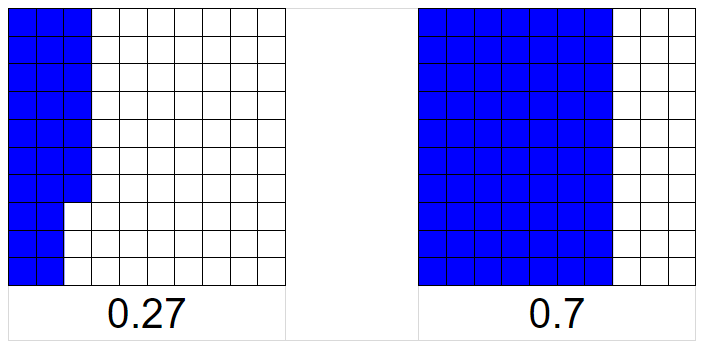
Why 7/10 is greater than 2700 even though it has fewer digits. At the end of the lessons, her whole face would light up. She’d be like this is so cool. I love this. I even caught her nudging students sometimes going, ‘did you know that’s why we did that’.
For the first time in her life, she actually understood all of those procedures. She had so diligently memorized in her youth. She saw the beauty in math. She realized it was actually a web of connections and relationships. That it actually did make sense. That it was relevant. I found it useful in her own life. She was able to understand her finances better and she could do things like mentally calculate percentages to the shock of her husband. Her newfound love for math so inspired Julie.
She wanted to share it with everybody. So she tries it with friends, a family she often did this with her dinner party. Didn’t always go over as well as she hoped. I don’t know if you noticed a lot of people think that if you weren’t good at math by high school. That it was game over. I have seen hundreds of adults learn math anew this way. Educational assistance, parents never too late. When we shatter these myths and we help people to believe and to see that they can learn math and we teach different methods.
So everyone has a chance to understand it. We focus on actually understanding what it means. It is transformative. It transforms struggling learners into high achievers. Math phobics into passionate math teachers. At the end of the school year, Julie has given a choice for the following year. She could either return to teaching her beloved languages or she could continue teaching math. She chose math.
Related Articles : How to Improve Math Skills

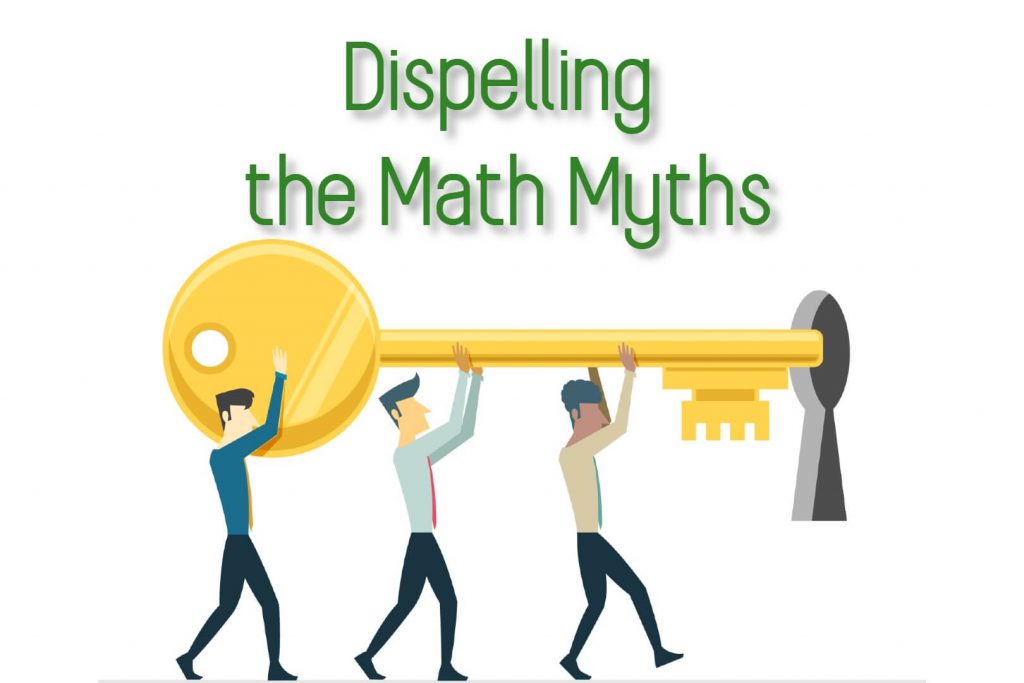
Every student has their strengths and weaknesses. It is best to understand the weakness of students to create study program that will improve their weakness efficiently. A great teacher will prioritize to improve what is lacking with students than focusing with their strengths.